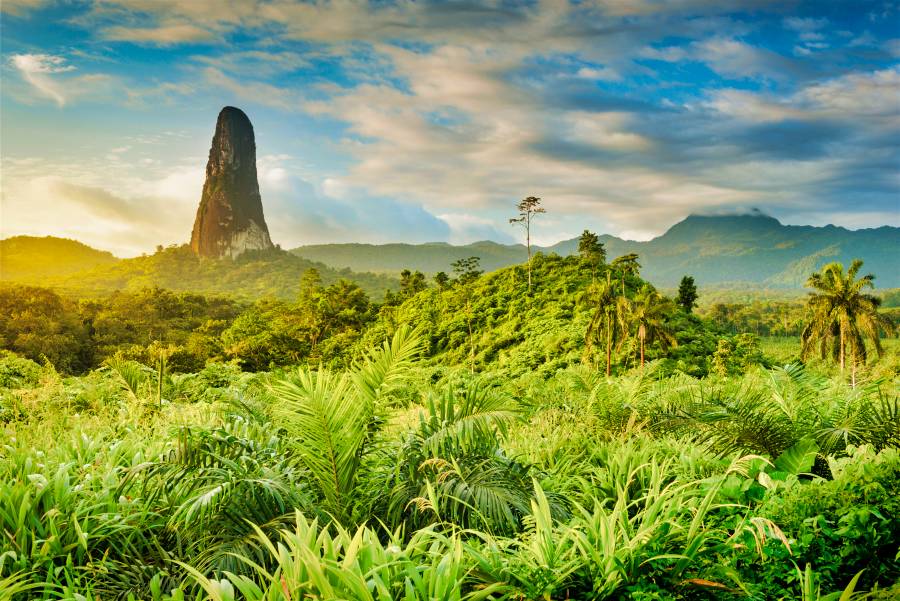TOP TIP: Clean your boots! Transporting seeds and insect eggs to different locations could lead to invasive species.
Gorilla tracking in Rwanda and Uganda
There are only around 1,000 gorillas left in the wild but, thanks to eco-tourism, numbers are on the rise. The price of visiting is high, and rules are strict, but you’ll not only be experiencing a once-in-a-lifetime opportunity, you’ll be helping protect the gorillas and support local communities too.
Take a small boat to the Galápagos
While too much tourism on fragile ecosystems such as the Galápagos can have a negative impact, the funds generated are also used for conservation in the area. The Galápagos Island NP have strict guidelines to follow to protect the islands’ unique flora and fauna, but small boat trips are a great way to see the wildlife, such as the giant tortoises, and help make a dierence.
See tigers in India
Areas with the highest density of tigers in India is also where eco-tourism thrives. While this does not mean tourism is directly beneficial for tigers, the funds raised from environmentally conscious visitors are having a positive impact by helping protect tigers from poachers. Try Bandhavgarh National Park and Kanha NP in Madhya Pradesh.
Whale-watching in Iceland
Iceland may not have banned whale hunting yet, but the way forward is to support whale-watching trips in the country, making them more valuable alive than dead. Book with tour operators who follow strict guidelines – don’t get too close or make too much noise. Other places to whale-watch include the Azores and New Zealand.
See polar bears on an Arctic cruise
Seeing a polar bear in its natural environment can make you understand the importance of conserving them and this is increasingly important as the ice continues to melt and the polar bear’s habitat is encroached upon. Gorillas in the mist A mountain gorilla observes tourists in the forest Alamy.





